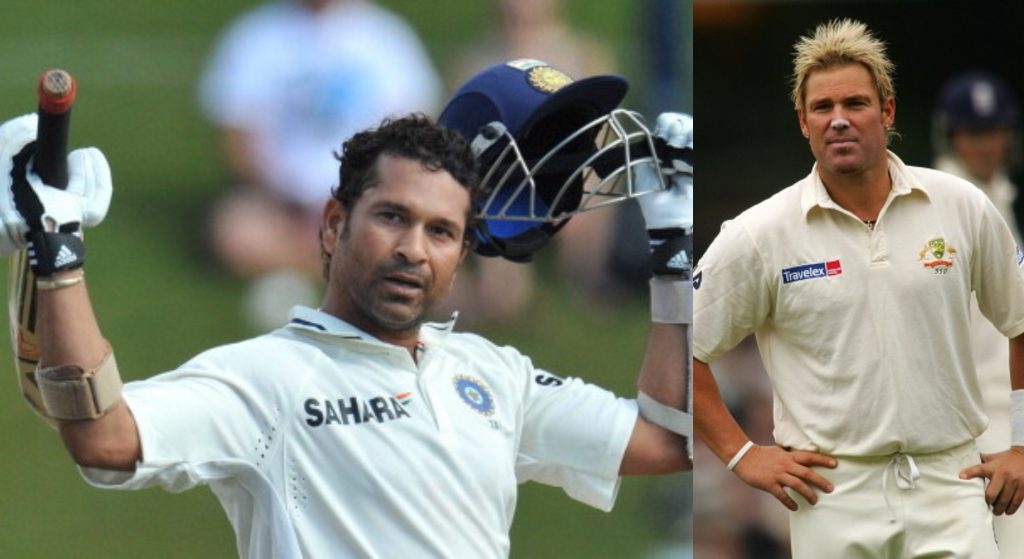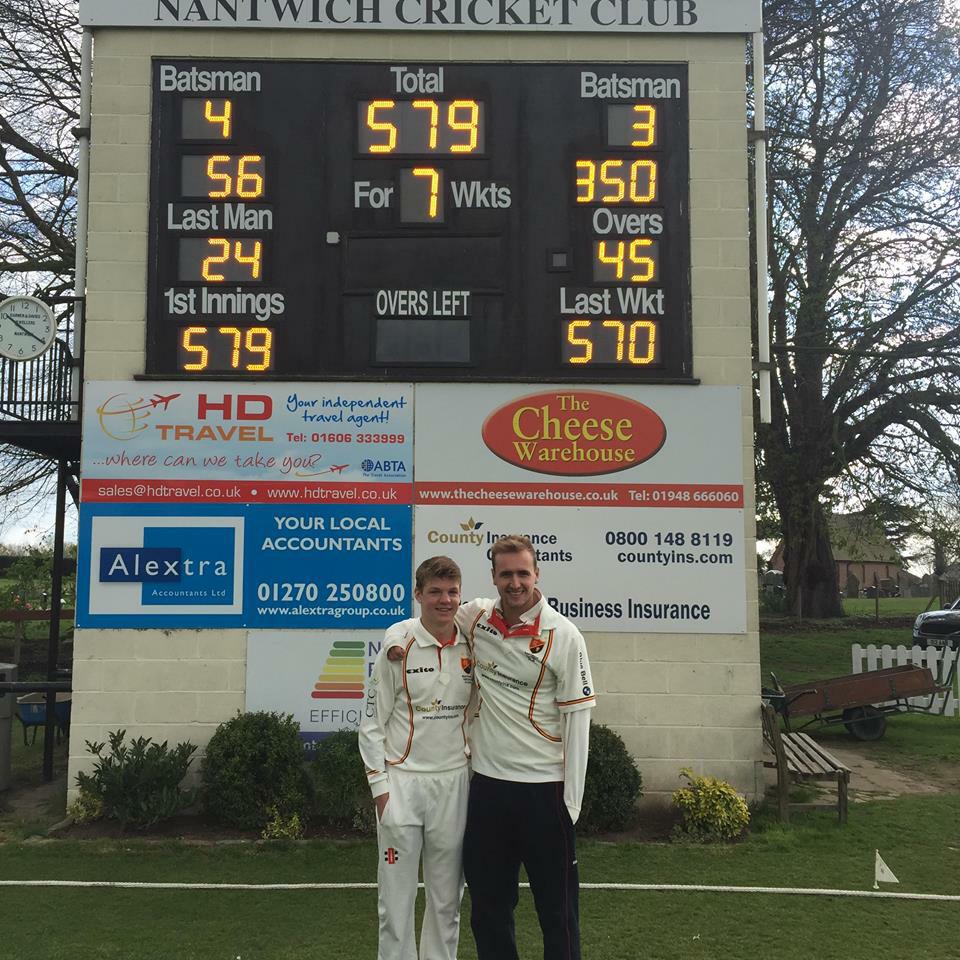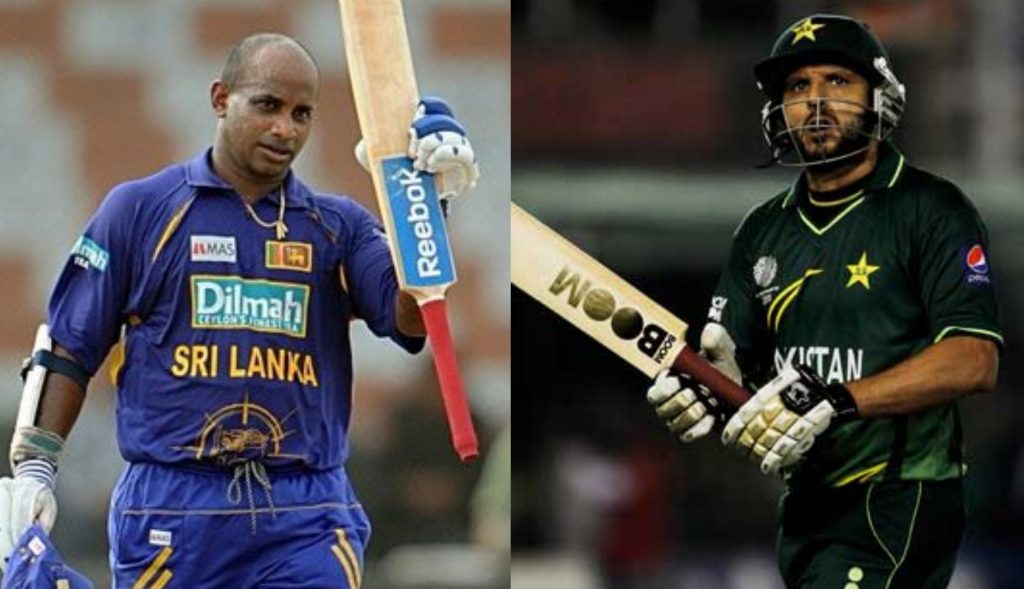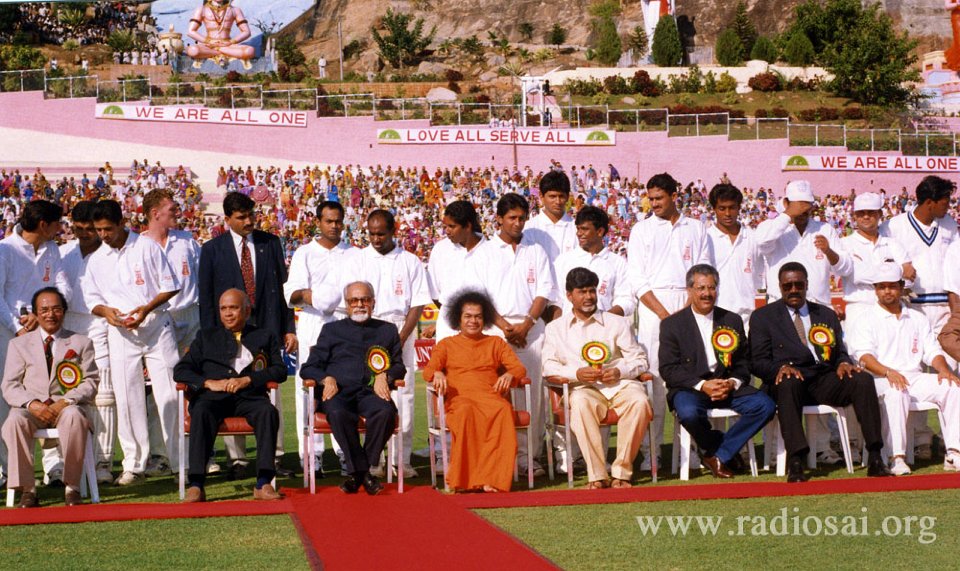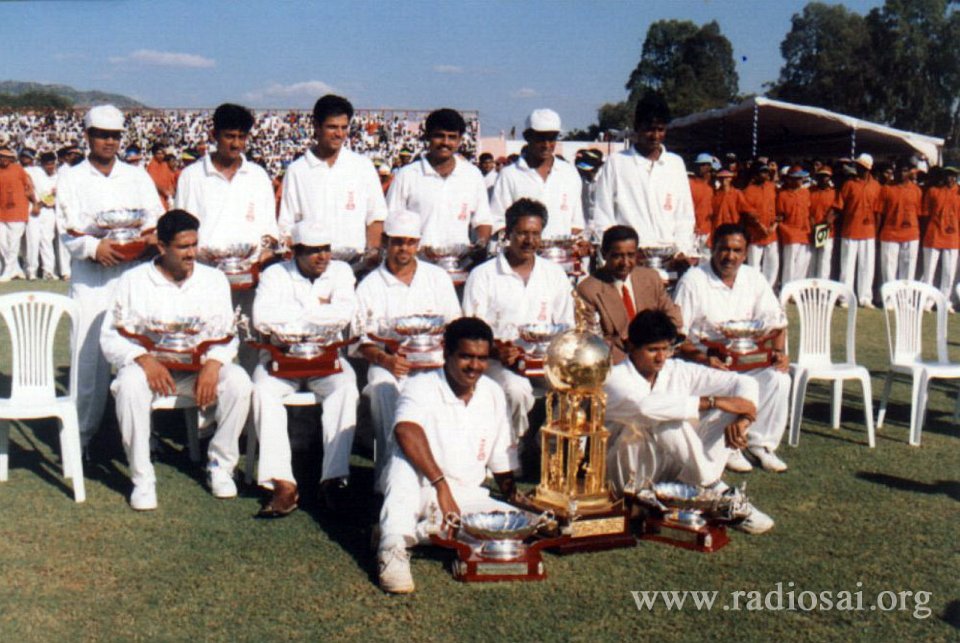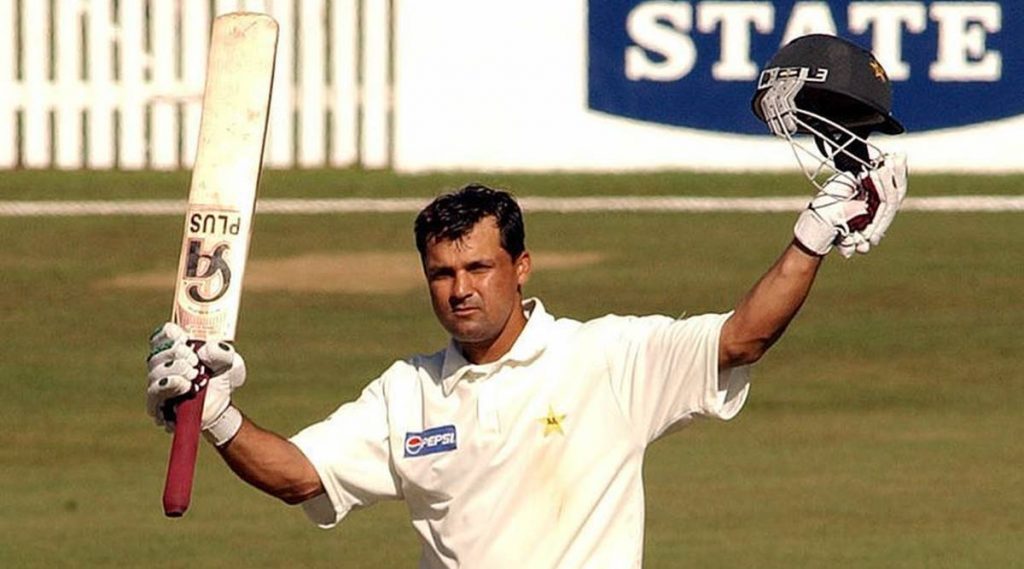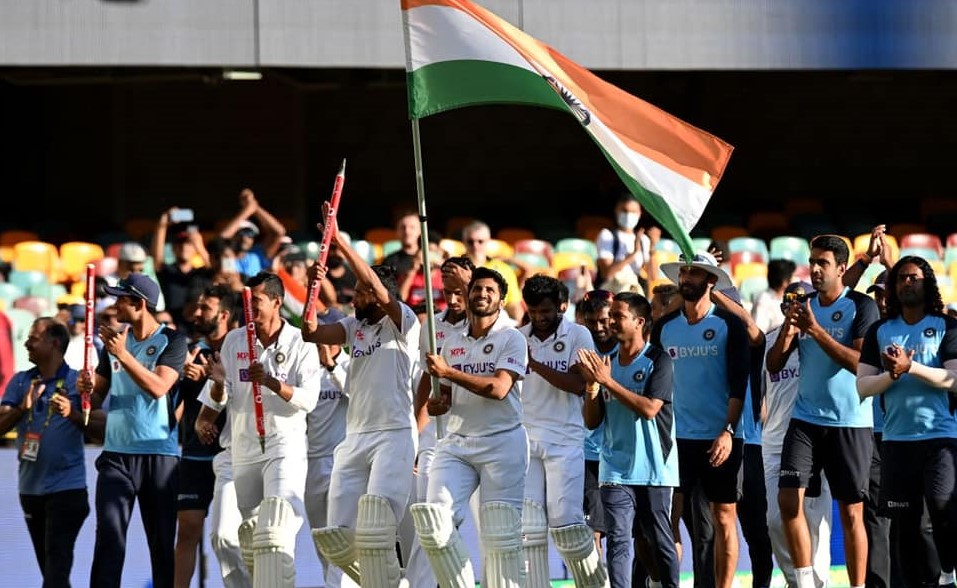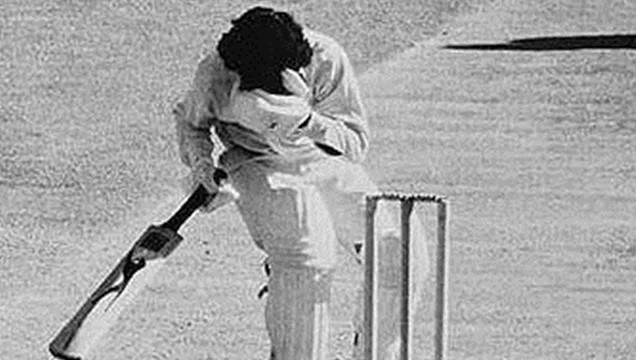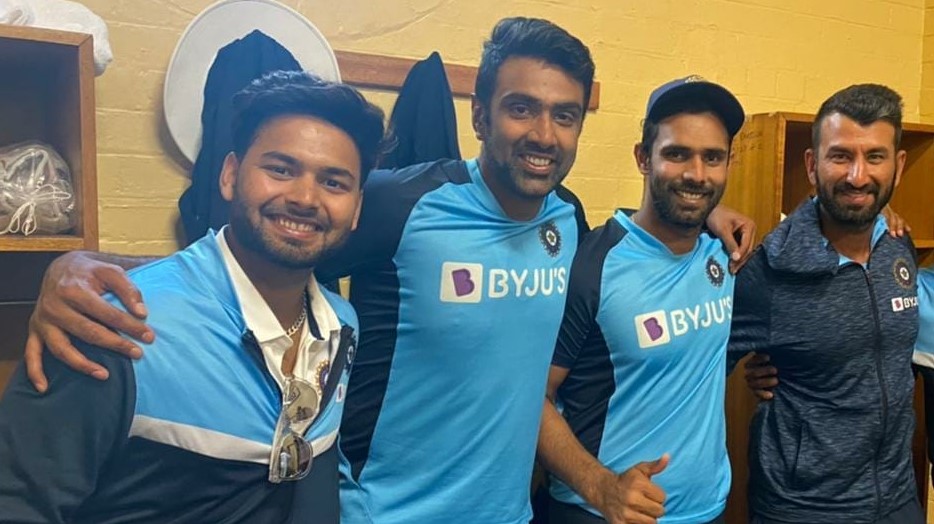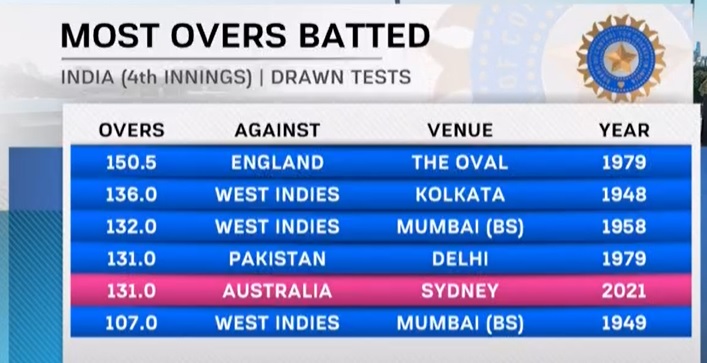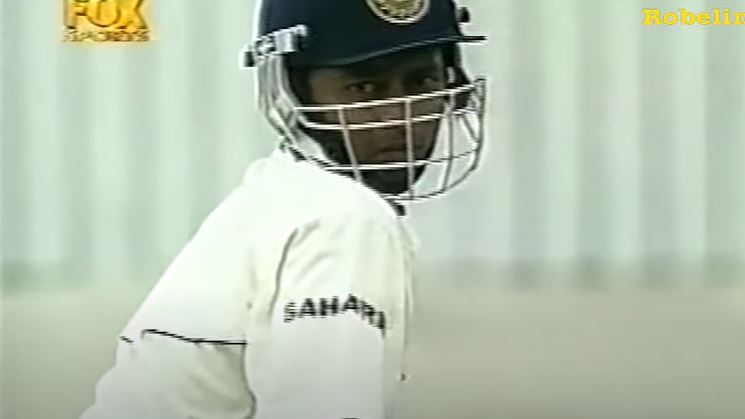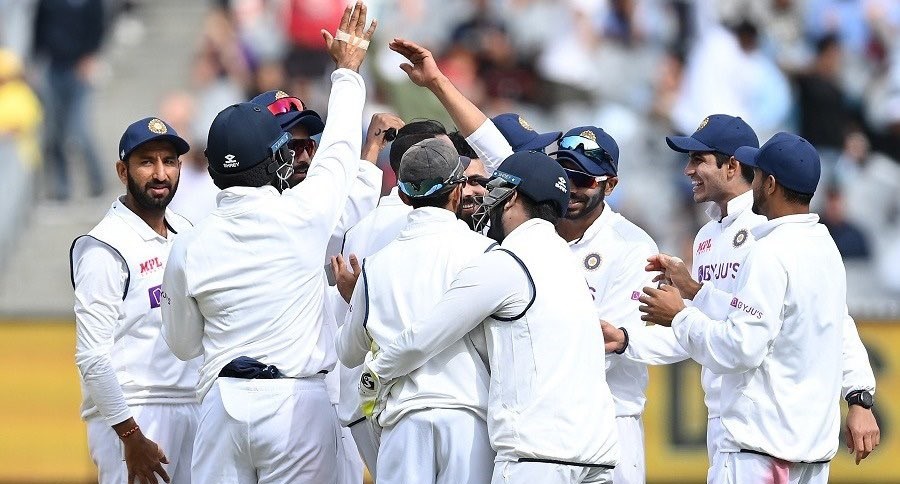The BCCI (Board of Control of Cricket in India) has decided to send India’s B team for the white ball tour of Sri Lanka in July. The reason being that the tour will clash with India’s test tour of England, which is more important.
Players like Virat Kohli, Rohit Sharma, Cheteshwar Pujara, Rishabh Pant, Ravindra Jadeja, Ajinkya Rahane and Jaspreet Bumrah are included in the test squad. Similarly, the likes of Shikhar Dhawan, Prithvi Shaw, Hardik Pandya, Krunal Pandya, Suryakumar Yadav, Bhuvaneshwar Kumar and Sanju Samson have been kept aside for the SL tour.
After going through numerous social media posts, it seems a lot of people feel this is the first time that an Indian team is split into two for two different tours. But that is far from true.
In 1998, the Indian team was split into two due to the circumstances that cropped up back then.
Team India was all set to play its annual Sahara Cup series against Pakistan in September. But the Commonwealth Games were also held at the same time in Kuala Lumpur and that year it also included cricket as one of the sports.
The BCCI decided to send India’s main team to compete against Pakistan. That series was official while the Commonwealth ODIs were only given a List A status. However, the then Sports Minister Suresh Kalmadi imposed a lot of pressure on the BCCI to send a strong team for the Commonwealth Games.
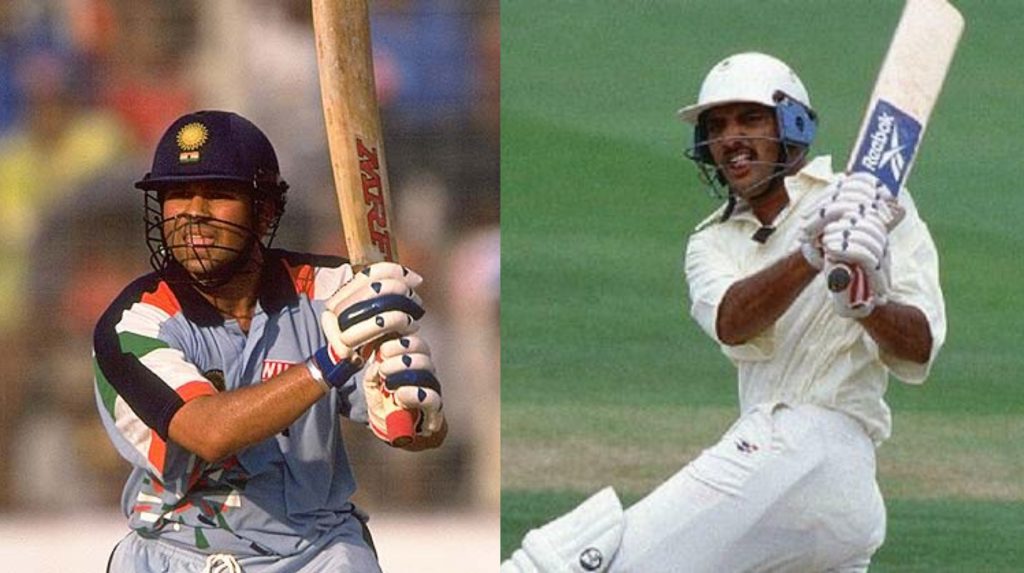
Hence, the board divided the main players into two teams for the Sahara Cup and the Commonwealth Games. [The upcoming Commonwealth Games in 2022 will also feature Cricket for both men and women]
The decision of sending Sachin Tendulkar for the CWG made cricket fans raise their eyebrows. The star Indian cricketer was having the most incredible time of his career in that year and they hoped to see him in the series that mattered more.
Other main players that were asked to represent India at the CWG included Ajay Jadeja (captain), Anil Kumble (vice-captain), Robin Singh and Harbhajan Singh. For the Sahara Cup, the board sent regulars like Sourav Ganguly, Mohammad Azharuddin (captain), Rahul Dravid, Javagal Srinath, Venkatesh Prasad and Ajit Agarkar.
The CWG had as many as 16 teams participating. It had teams like Jamaica, Antigua & Barbuda and Barbados taking part separately instead of playing under the umbrella of the West Indies. It also had Northern Ireland instead of just Ireland. Only Australia, South Africa, New Zealand and Zimbabwe sent their full strength teams.
The final result of this exercise turned out to be unfavorable for both the Indian sides. India lost the Sahara Cup by 4-1 and it couldn’t reach the second round in the Commonwealth Games. Indian even struggled against Antigua before rains washed out the match. That series was eventually won by South Africa; a rare world title for them.
But there was more drama in store. After failing to qualify in the second round of the CWG, the BCCI decided to send Tendulkar for the last two ODIs in the Sahara Cup. However, there was some miscommunication and they couldn’t trace Tendulkar, who had gone to Khandala to relax with his family.
Finally, the board was able to contact Tendulkar and he was sent in to play the last ODI in Toronto, although India had already lost the series. He played well scoring 77 and India post a good total of 256 only to lose that match too.
I remember Sunil Gavaskar singing his own version of the popular song ‘Aati Kya Khandala’ before that match while describing the confusion regarding Tendulkar’s presence [or absence].
But such a scenario is not at all expected this time around in 2021 for two reasons. The board is willingly sending two different sides in England and Sri Lanka. More importantly, we have a large number of good players that can easily fit into two squads of 14 or 15 players.
Also read:
Sachin’s 1st first-class 200 vs Australia in 1998: Forgotten moments
